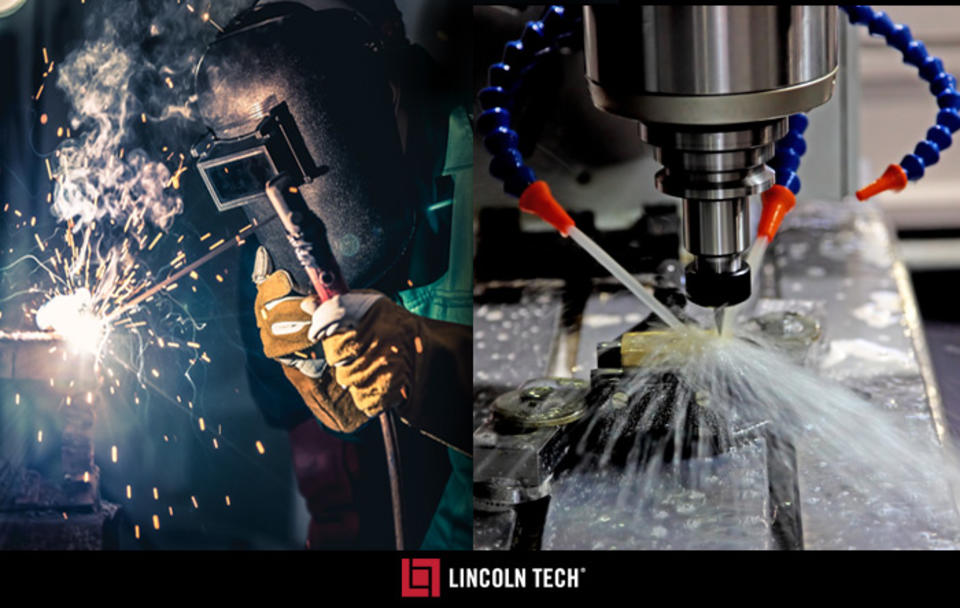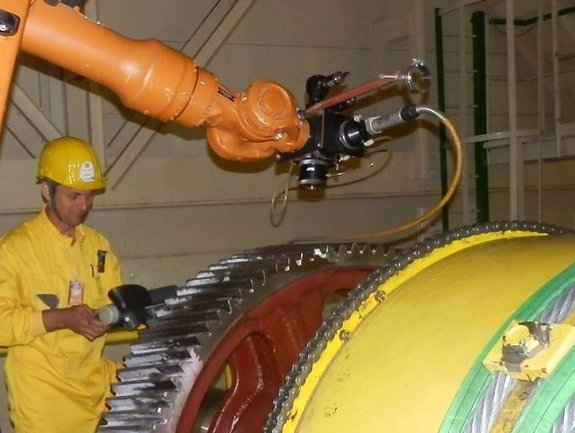Everything about Welding: Trick Insights Into Techniques and Best Practices for Success
Welding incorporates a variety of techniques, each suited for particular materials and applications. Recognizing these techniques, such as GMAW, SMAW, and TIG, is vital for accomplishing ideal outcomes. Additionally, the ideal equipment and safety and security techniques can not be ignored. As preparation and troubleshooting play crucial duties in the welding process, mastering these components can significantly improve the top quality of the end product. What are the crucial aspects that ensure a successful weld?
Understanding Different Welding Strategies
Welding strategies include a range of methods, each suited to particular applications and products. Among one of the most usual methods are Gas Metal Arc Welding (GMAW), Secured Steel Arc Welding (SMAW), and Tungsten Inert Gas Welding (TIG) GMAW, additionally referred to as MIG welding, is popular for its rate and flexibility, making it optimal for slim materials. SMAW, or stick welding, is favored for its simpleness and effectiveness in outdoor environments, particularly with thicker metals. TIG welding provides accuracy and control, making it suitable for detailed work and non-ferrous metals (Welding). Each method has its one-of-a-kind benefits and considerations, permitting welders to choose the ideal technique based on the task's demands, material kind, and preferred outcomes. Comprehending these techniques is crucial for effective welding
Vital Welding Equipment and Devices
While different welding strategies need specific abilities, the ideal equipment and devices are equally crucial for accomplishing quality outcomes. Important welding devices consists of welding machines, which vary depending on the method-- such as MIG, TIG, or stick welding. Safety equipment, consisting of handwear covers, safety helmets, and aprons, guarantees safety and security and convenience during the process. In enhancement, components and clamps assist secure products in area, making sure precision in welds. Consumables like welding rods, cable, and securing gas are also essential elements that affect the quality of the weld. Devices such as grinders and cutters assist in surface area prep work and post-weld finishing, adding to a specialist end result. Investing in high-quality equipment ultimately improves the effectiveness and performance of welding jobs.
Safety Practices in Welding
Appropriate security techniques are necessary in the welding industry to safeguard employees from prospective dangers. Welders must use appropriate individual safety tools (PPE), including helmets with appropriate shading, gloves, and flame-resistant clothing. Appropriate ventilation is important to decrease exposure to dangerous fumes and gases created during the welding process. Additionally, workers need to be learnt the right handling of welding devices to stop accidents. Fire precaution, such as keeping flammable products away from the welding area and having fire extinguishers readily offered, are necessary. Normal inspections of devices and work spaces can aid determine prospective hazards prior to they result in crashes. By adhering to these safety and security practices, welders can develop a much safer working setting and minimize dangers linked with their profession.
Preparing Materials for Welding
Preparing materials for welding is an important action that substantially affects the quality and stability of the last item (Montana Mobile Welding and Repair Belgrade Welding). Appropriate prep work includes cleansing the surfaces to eliminate impurities such as dirt, oil, and corrosion, which can jeopardize the weld. Techniques such as grinding, fining sand, or using solvents are generally utilized to attain a tidy surface area. In addition, ensuring that the materials mesh comfortably is essential; spaces can bring about weak welds. It's also vital to take into consideration the positioning and positioning of the elements, as this will affect the convenience of welding and the final outcome. Picking the suitable filler material and making certain compatibility with the base steels is essential for attaining strong, sturdy welds.
Tips for Getting High-Quality Welds
Attaining premium welds calls for attention to detail and adherence to ideal techniques throughout the welding process. Correct joint prep work is crucial, guaranteeing surfaces are clean and free from contaminants. Choosing the proper filler material and welding method based on the base metals is essential for ideal bonding. Keeping consistent travel rate and angle while welding can promote and stop problems uniformity. In addition, managing warmth input is crucial; extreme warm can cause warping and compromised joints. If required, consistently examining the welds throughout the process allows for prompt changes. Employing appropriate post-weld therapies, such as cleansing and tension alleviation, can boost the sturdiness and stability of the weld, inevitably ensuring a successful result.
Fixing Common Welding Issues
Welding usually presents challenges that can affect the high quality and stability of the last item. Usual concerns such as porosity, inconsistent weld beads, and overheating can arise, each calling for certain fixing strategies. Understanding these issues is necessary for welders to enhance their abilities and attain perfect results.
Porosity Issues Clarified
Porosity can commonly be ignored, it continues to be a crucial issue in welding that can jeopardize the integrity of an ended up product. Porosity describes the existence of small gas pockets within the weld grain, which can lead and compromise the joint to premature failure. This problem normally occurs from impurities, wetness, or improper protecting gas coverage throughout the welding process. To alleviate porosity, welders ought to validate that the base materials are completely dry and clean, utilize proper protecting gases, and maintain consistent welding parameters. Consistently examining the devices and environment can likewise aid identify prospective concerns before they materialize in the weld. Attending to porosity efficiently is essential for accomplishing solid, durable welds that meet high quality criteria.

Irregular Weld Beans
Inconsistent weld grains can considerably affect the quality and strength of an ended up product. Different elements add to this problem, consisting of inappropriate travel speed, wrong amperage setups, and inconsistent electrode angles. When the welder relocates as well rapidly, a grain may appear narrow and do not have penetration, while relocating also gradually can cause excessive buildup. Additionally, using the incorrect amperage can lead to either undercutting or extreme spatter, both of which compromise weld integrity. The welder's technique, such as inconsistent torch motion, can additionally bring about uneven bead look. To mitigate these issues, welders ought to focus on keeping steady, regulated movements and ensuring appropriate equipment settings to attain uniformity in their welds. Consistency is crucial to achieving trusted and strong welds.
Getting Too Hot and Bending Issues
Excessive warm during the welding procedure can bring about considerable getting too hot and deforming issues, affecting the architectural honesty of the work surface. These troubles frequently manifest as distortion, which can jeopardize placement and fit-up, making more assembly testing. Factors adding to overheating consist of the selection of welding parameters, such as voltage and take a trip rate, along with the type of product being welded. To minimize these problems, welders ought to maintain constant travel speed and ideal heat input while checking the workpiece temperature level. In addition, pre-heating or post-weld warm treatment can help relieve stress and anxieties triggered by quick air conditioning - Belgrade Welding. Normal evaluation and adherence to ideal methods are important in avoiding overheating and ensuring the long life and dependability of bonded structures
Regularly Asked Inquiries
What Are the Occupation Opportunities in the Welding Market?
The welding sector provides varied profession possibilities, including settings as welders, designers, assessors, and educators. Experts can operate in production, building, aerospace, and auto sectors, gaining from strong need and affordable wages in different roles.
Exactly How Can I Boost My Welding Rate Without Sacrificing Quality?
To enhance welding rate without giving up high quality, one must exercise effective methods, preserve devices, optimize settings, and enhance hand-eye sychronisation. Normal training and seeking feedback can also significantly add to achieving faster, high-grade welds.
What Accreditations Are Offered for Welders?
Many accreditations exist for welders, including those from the American Welding Society (AWS), the National Facility for Building And Construction Education And Learning and Research Study (NCCER), and different industry-specific organizations. These credentials improve employability and show ability effectiveness.
Just How Does Welding Influence the Features of Metals?
Welding influences the homes of steels by altering their microstructure, which can result in modifications in ductility, hardness, and toughness. Heat input and air conditioning rates during the procedure considerably affect these product features.
Can I Bonded Dissimilar Metals Together?
